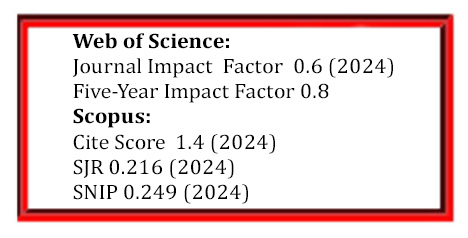Investigation of CO2 Capture Ability in Amino Acid Ionic Liquid-Functionalized Metal-organic Frameworks
DOI:
https://doi.org/10.5755/j02.ms.40688Keywords:
CO2 capture, metal-organic frameworks, ionic liquids, amino acid ionic liquids, MOF-177Abstract
Due to their significant porosity and adjustable structures, metal-organic frameworks (MOFs) exhibit great promise for CO2 sequestration. This investigation focuses on the augmentation of CO2 capture capabilities in MOF-177 through impregnation with two amino acid-derived ionic liquids (AAILs), [BMIm]Glu and [BMIm]Asn. The AAIL@MOF-177 composites obtained were analyzed, confirming successful AAIL loading without significant disruption of the MOF structure. Remarkably, the composites demonstrated a marked enhancement in CO2 uptake and preference for CO2/N2 and CO2/CH4 relative to the pristine MOF-177, especially under low-pressure conditions typical of post-combustion flue gas. The optimal AAIL loading was determined to be 30 wt.%. Under conditions of 0.2 bar and 25 ℃, [BMIm]Asn-30@MOF-177 achieved a CO2 uptake of 0.48 mmol/g, a 3.5-fold increase over pristine MOF-177. Furthermore, [BMIm]Asn-30@MOF-177 demonstrated superior CO2/N2 and CO2/CH4 selectivities of 14.2 and 11.9, respectively, under 0.2 bar and 35 ℃. This enhanced performance arises from the robust chemical affinity between CO2 and the amino groups in the AAIL anions, especially the two amino groups in [BMIm]Asn. The composites also showed excellent reusability over multiple adsorption-desorption cycles. These findings demonstrate the promising potential of AAIL-functionalized MOFs for efficient CO2 capture.
Downloads
Published
Issue
Section
License
The copyrights for articles in this journal are retained by the author(s), with first publication rights granted to the journal. By virtue of their appearance in this open-access journal, articles are free to use with proper attribution in educational and other non-commercial settings.



